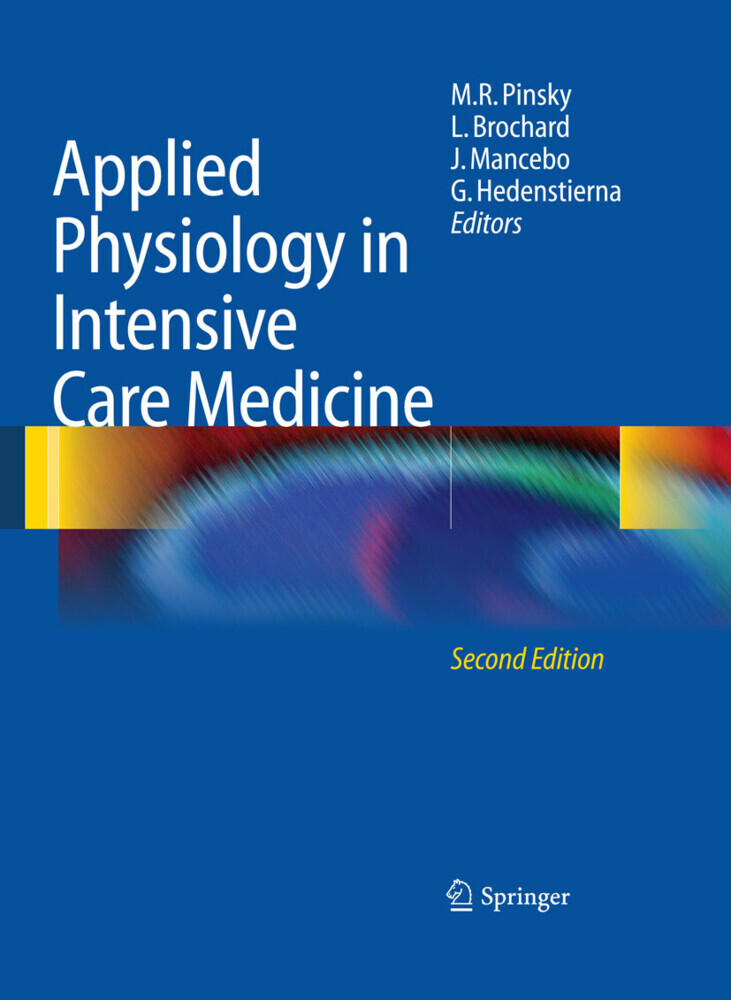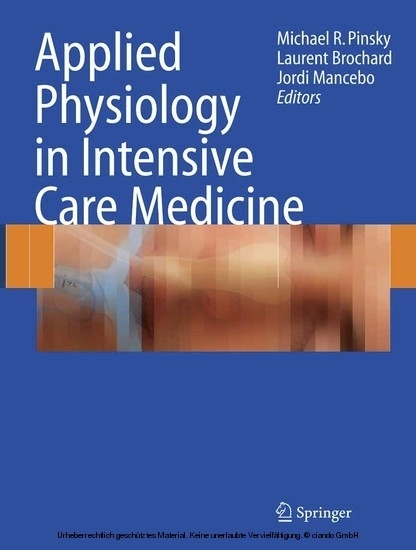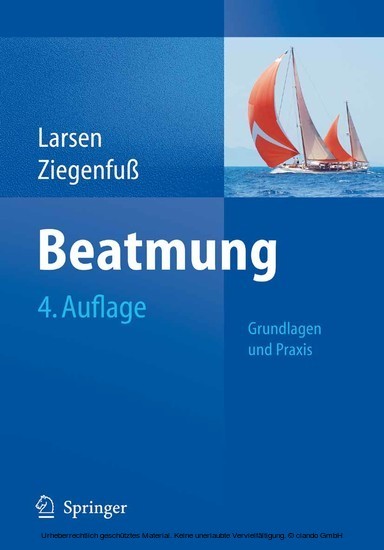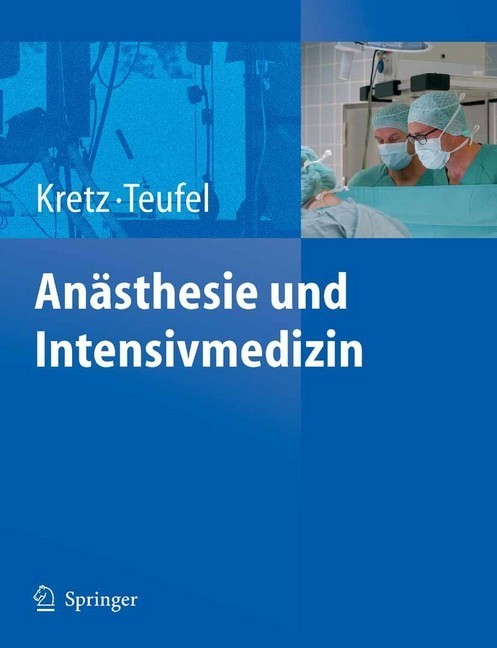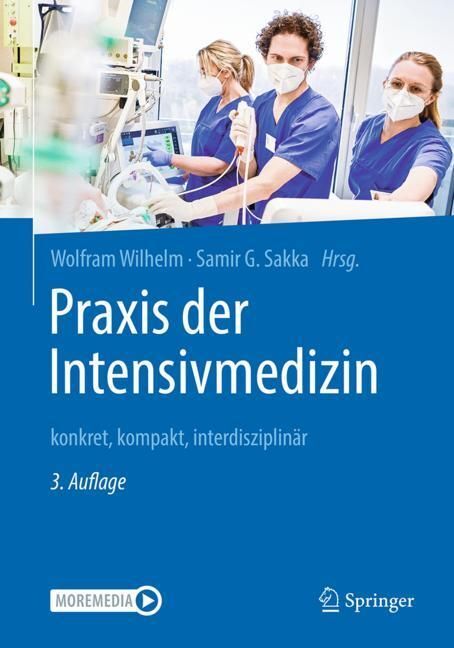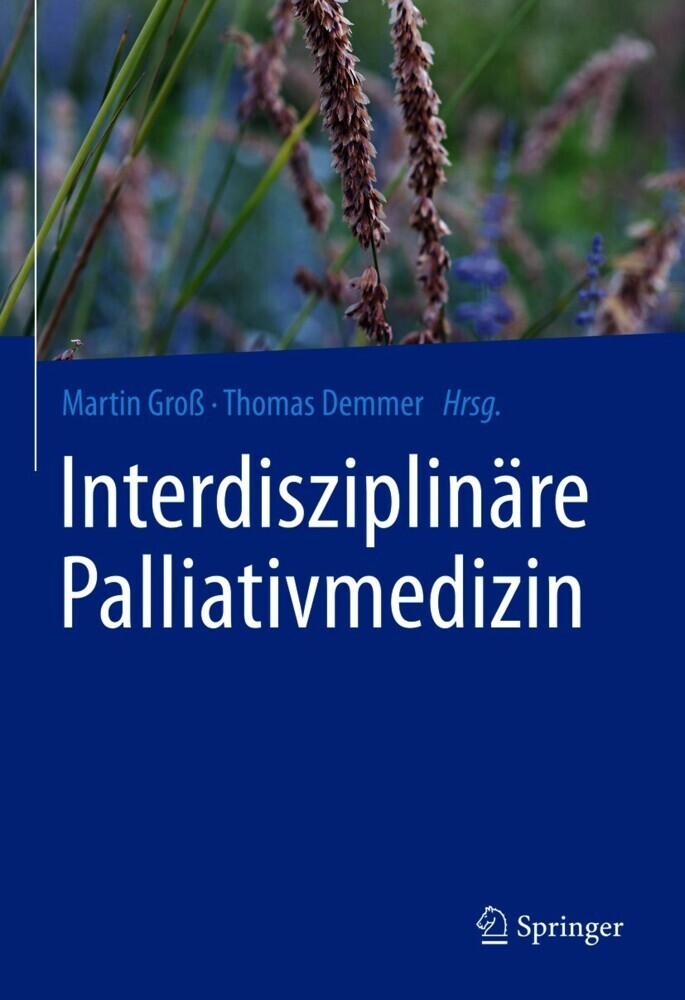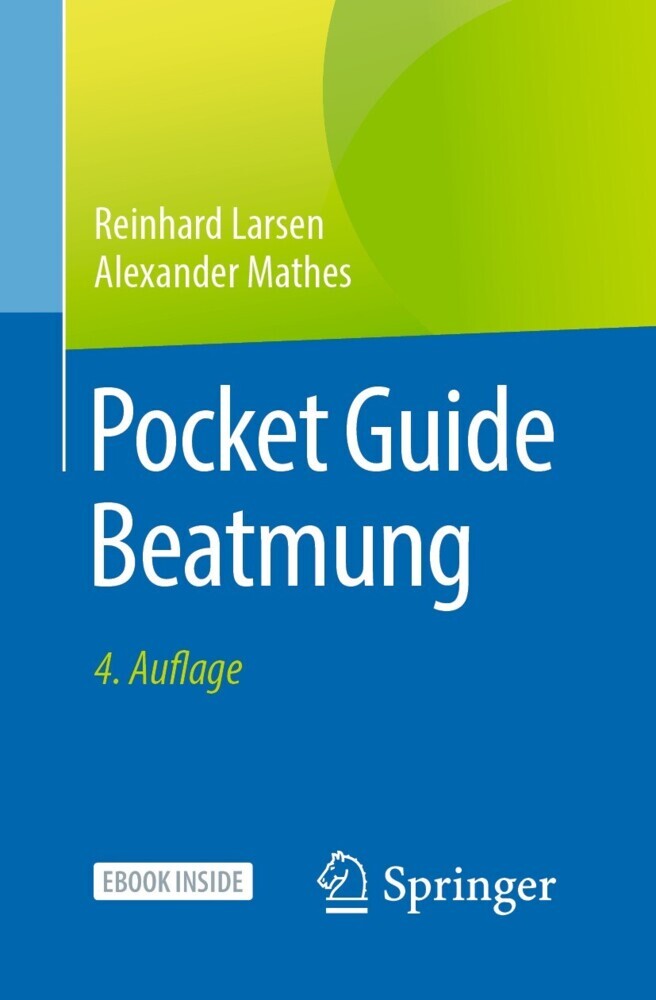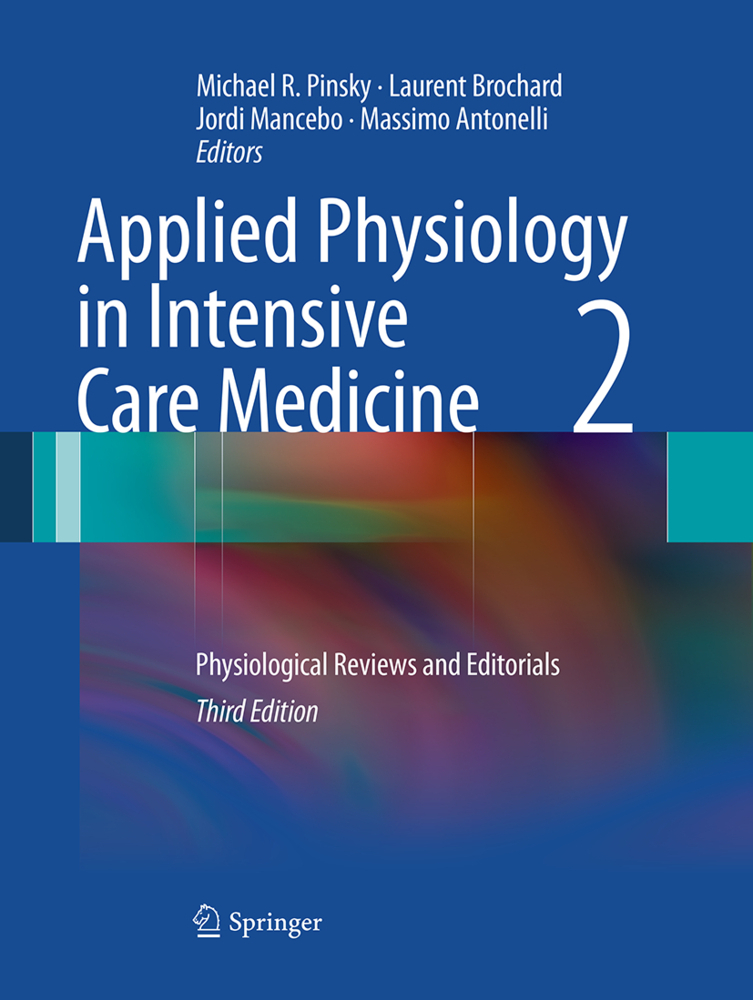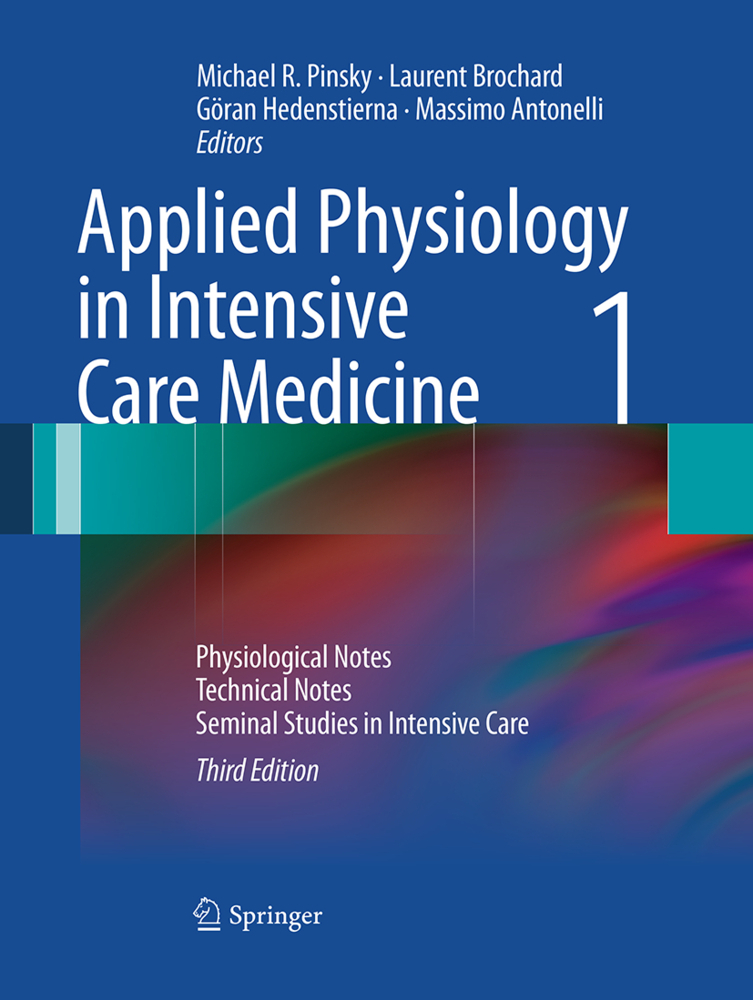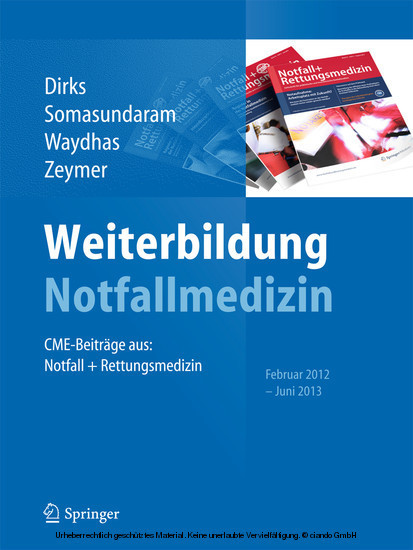Applied Physiology in Intensive Care Medicine
This second, revised edition of Applied Physiology in Intensive Care Medicine aims to help overcome the fundamental unevenness in clinicians understanding of applied physiology, which can lead to suboptimal treatment decisions. It is divided into three sections. The first comprises a series of "physiological notes" that concisely and clearly capture the essence of the physiological perspectives underpinning our understanding of disease and response to therapy. The second section contains more detailed associated reviews on measurement techniques and physiological processes, while the third provides a number of seminal studies on diverse topics in intensive care. This up-to-date compendium of practical bedside knowledge essential to the effective delivery of acute care medicine has been written by some of the most renowned experts in the field. It will serve the clinician as an invaluable reference source on key issues regularly confronted in everyday practice.
1;Introduction;5 2;Contents;6 3;Contributors;9 4;Physiological Notes ;15 4.1;Intrinsic (or auto-) PEEP during controlled mechanical ventilation;17 4.2;Intrinsic (or auto-) positive end-expiratory pressure during spontaneous or assisted ventilation;20 4.3;Work of breathing;23 4.4;Interpretation of airway pressure waveforms;27 4.5;Measurement of respiratory system resistance during mechanical ventilation;29 4.6;Understanding wasted/ineffective efforts in mechanically ventilated COPD patients using the Campbell diagram;33 4.7;Dead space;37 4.8;The multiple inert gas elimination technique (MIGET);41 4.9;Alveolar ventilation and pulmonary blood flow: the V A/Q concept;49 4.10;Mechanisms of hypoxemia;53 4.11;Pulse oximetry;56 4.12;Effects of body temperature on blood gases;60 4.13;Venous oximetry;64 4.14;Relation between PaO2/FIO2 ratio and FIO2: a mathematical description;67 4.15;Hypoxemia due to increased venous admixture: influence of cardiac output on oxygenation;71 4.16;Pulmonary vascular resistance;75 4.17;Pulmonary artery occlusion pressure;79 4.18;Clinical significance of pulmonary artery occlusion pressure;83 4.19;Pulmonary capillary pressure;87 4.20;Ventricular interdependence: how does it impact on hemodynamic evaluation in clinical practice?;91 4.21;Cyclic changes in arterial pressure during mechanical ventilation;94 4.22;Lactic acidosis;98 4.23;Defining acute renal failure: physiological principles;102 4.24;Hypotension during intermittent hemodialysis: new insights into an old problem;107 4.25;Intracranial pressure;112 4.26;Intracranial pressure;116 4.27;Neuromonitoring in the intensive care unit. Part I. Intracranial pressure and cerebral blood flow monitoring;120 4.28;Neuromonitoring in the intensive care unit. Part II Cerebral oxygenation monitoring and microdialysis ;129 5;Physiological Reviews ;136 5.1;Fluid responsiveness in mechanically ventilated patients: a review of indices used in intensive care;138 5.2;Different techniques to measure intra- abdominal pressure ( IAP): time for a critical re- appraisal;147 5.3;Tissue capnometry: does the answer lie under the tongue?;162 5.4;Noninvasive monitoring of peripheral perfusion;171 5.5;Ultrasonographic examination of the venae cavae;182 5.6;Passive leg raising;186 5.7;Sleep in the intensive care unit;191 5.8;Magnesium in critical illness: metabolism, assessment, and treatment;201 5.9;Pulmonary endothelium in acute lung injury: from basic science to the critically ill;214 5.10;Pulmonary and cardiac sequelae of subarachnoid haemorrhage: time for active management?;227 5.11;Permissive hypercapnia - role in protective lung ventilatory strategies;239 5.12;Right ventricular function and positive pressure ventilation in clinical practice: from hemodynamic subsets to respirator settings;249 5.13;Acute right ventricular failure-- from pathophysiology to new treatments;258 5.14;Red blood cell rheology in sepsis;270 5.15;Stress-hyperglycemia, insulin and immunomodulation in sepsis;280 5.16;Hypothalamic-pituitary dysfunction in critically ill patients with traumatic and nontraumatic brain injury;289 5.17;Matching total body oxygen consumption and delivery: a crucial objective?;298 5.18;Normalizing physiological variables in acute illness: five reasons for caution;308 5.19;Interpretation of the echocardiographic pressure gradient across a pulmonary artery band in the setting of a univentricular heart;315 5.20;Ventilator-induced diaphragm dysfunction: the clinical relevance of animal models;320 5.21;Understanding organ dysfunction in hemophagocytic lymphohistiocytosis;330 6;Seminal Studies in Intensive Care ;341 6.1;Manipulating afterload for the treatment of acute heart failure;342 6.2;Nosocomial pneumonia;346 6.3;The introduction of positive endexpiratory pressure into mechanical ventilation: a retrospective;353 6.4;Elastic pressure-volume curves in acute lung injury and acute respiratory distress syndrome;357 6.5;The concept of "baby lung";365 6.6;The effects of anesthesia and
Pinsky, Michael R.
Brochard, Laurent
Mancebo, Jordi
| ISBN | 9783642017698 |
|---|---|
| Artikelnummer | 9783642017698 |
| Medientyp | E-Book - PDF |
| Auflage | 2. Aufl. |
| Copyrightjahr | 2009 |
| Verlag | Springer-Verlag |
| Umfang | 489 Seiten |
| Sprache | Englisch |
| Kopierschutz | Adobe DRM |

